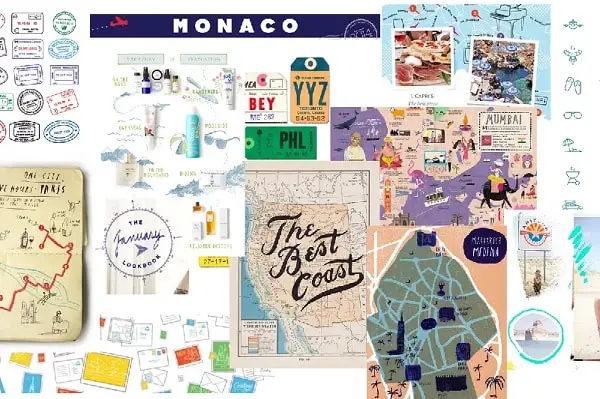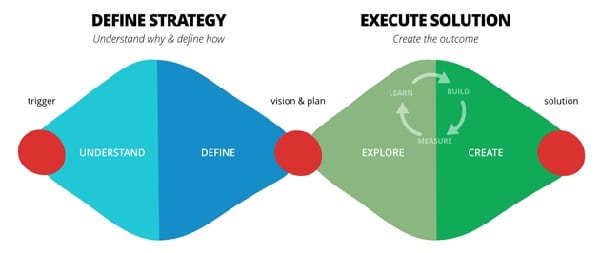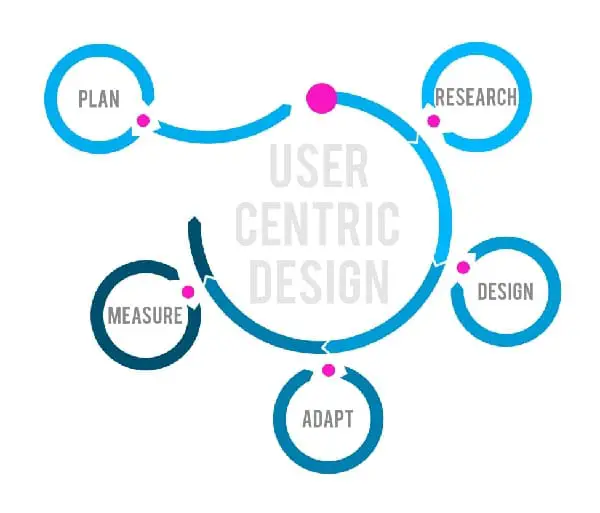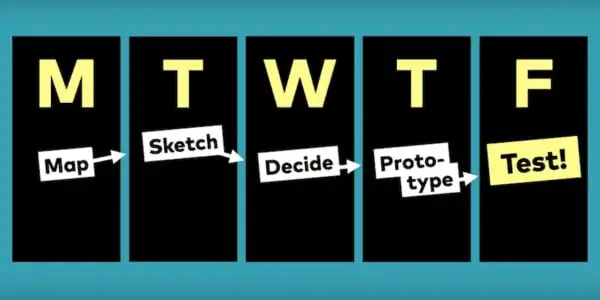Line25 is reader supported. At no cost to you a commission from sponsors may be earned when a purchase is made via links on the site. Learn more
One of the crucial components of determining the success of the design is the Design Process used by the designer. Design Process basically consists of the procedure, a systematic series of steps prescribed for creating the design. The Design Process is not only helpful to designers in creating a flawless design, but it is also beneficial in enhancing the overall experience of the customers and clients when they view as well as the the design.
The design can only be highly effective, appealing, and functional when the message and the visual identity blend seamlessly into one another- yet are distinguished from each other! With the evolution of the brands as well as technology, the processes have also evolved over period of time.
Here are the commonly used, tried and tested Design Processes which you can try on your next project!
1. The Traditional Approach:
This approach is quite conventional and designers use it very widely. This is an extremely traditional method of designing and consists of 7 steps, which are to be executed in a linear sequence itself.
I. Study: Determining the problem as well as the deliverable.
II. Research: Diving deep into the problem and the possible solutions.
III. Brainstorm: Finding every possible solution to the problem, and discussing the best possible one.
IV. Sketch: Transforming the ideas into visual concepts.
V. Concept: End-to-end implementation of the idea, which outlines the concept completely.
VI. Revisions: Seamless inclusion of the iterations given by the client or based on the feedback from the superiors.
VII. Conclusion: The final approval of the design and signing off the project.
This is one of the oldest and tried approaches when it comes to Designing. The structuring of the approach makes it easier to follow and ensures flawless execution of the project.
2. Mood Boarding:

This is one of the most popular methods among the designers recently. It is derived from the process of ideation, basically. Mood boards can exist physically as well as virtually. Mood boards are filled with ideas, images, text, certain visual references, as well as textures. This facilitates the designer in visualizing ideas and concepts in a narrative or a story perspective. They help in the transference of the mood and bring out the emotions which are to be expected from the product.
It is also an extremely effective way to share ideas and is also useful while collaborating. It is highly advantageous to showcase design concepts to your clients and is also a huge time-saver when it comes to communication of ideas and concepts between clients and the team. The quickest and foolproof way to create your own mood board is by collaging in Photoshop. Check out the guide here to learn more about how to create a mood board.
3. Double Diamond Model:

The name itself is quite suggestive of the approach, which is developed by the UK Design Council. It is known by the shape of the process, which resembles the Double Diamond. The edges of the diamond portray the diverging and converging aspects of the design process.
The process begins with the identification of the problem, which further leads to the exploration of the problem. After this, the team or the designer proceeds to focus upon the effort, which further leads to the ideation of the potential designs and solutions. The last is the implementation stage, which delivers the final solution. This structure is highly helpful in getting diverse ideas. It is also beneficial for cross-functional teams, as it helps them to work together, and also imparts transparency.
4. User-Centric Design:
Based majorly on the customer-centric approach, this Design Process is a highly popular one as well. It consists of the precise integration of the requirements of customers, into every single stage of the process. Like every other Design process, this too involves the major stages where the context is understood first, user requirements are specified, ideation is done, and results are delivered for feedback.
However, the biggest drawback is that it relies on the user, their requirements, and their feedback, which can cause plenty of iterations. Irrespective of this drawback, this approach has greater chances for adaptability.
5. Design Sprint:

As the name suggests, this Design Process is sure to put your skills to test in this challenging environment. This approach puts you and/or team through an intense five-day challenge, to deliver the results- be it troubleshooting, designing a logo, or even a project as big as branding. The process is similar to the previous Design Processes, and you tackle each stage in one single day. Designers have also modified this trend to have slightly longer and much more intense sprints.
This does address the biggest issue- time, and the outcomes are quicker, as efficiency and discipline levels are at an all-time high with this Design Process.
6. Design Thinking:

The popularization of this approach can be credited to the Hasso Plattner Institute of Design at Stanford, also as the ‘d.school’. It is the perfect combination of the two Design Processes- User-Centric, and Double Diamond. This iterative approach has gained plenty of traction, irrespective of its broad parameters being a bit too loose.
Before even beginning the stages, the first and foremost stage is the ‘empathize’ phase, which involves understanding the needs of the customer completely and shadowing them, before actually getting the project kick-started. This helps in breaking down silos in companies, and also helps in the idea exchange from several new avenues. This Design Process is extremely flexible, which is enough for adaptability towards any kind of idea.
Design Processes are a vital and integral part of any project. There can be no particular rule about the Design Processes, particularly pertaining to which your organization or you must adapt. However, you must continue to be nimble, especially in the platforms where the brands encourage as well as engage consumers to change.
Irrespective of the evolution of the Design Processes, you must adhere to the most important premise when it is pertaining to Design- the requirements of the clients are important, and the audience is always first.
